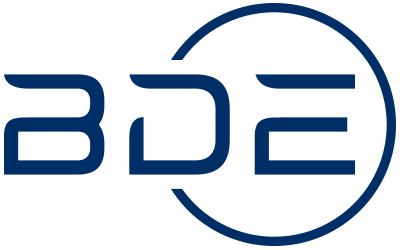Getting a pretty website built is great but what you really need are website visitors. There are many ways to market a website including Pay Per Click advertising (Google sponsored listings), e-mail marketing, social media and other offline methods, however in this article we will focus on on-site Google optimisation, specifically page content.
The website build, structure and page content play an important role when being listed on search engine result pages for a particular key phrase. Make sure your web developer has a good understanding of search engine optimisation (SEO); it is their job to know how a website should be structured for good search engine optimisation.
If you decide to write your own content (writing search engine friendly content is definitely a skill and may be worth enquiring about a copywriting service by an SEO expert) make sure you do all you can to optimise it by taking note and practising the below.
Select the right key phrases
Start by thinking about who your target audience are and what search phrases they might use in order to find you.
Depending on your business, your key phrases should be fairly obvious – usually your service or product and sometimes the area you are in (not applicable if you are based purely online). Certain phrases will be more competitive than others i.e. used by many other websites; these are usually more general phrases. The more specific your key phrase is, the less competition there will be from other sites using the same phrase. Google Adwords has a useful Keywords Tool which allows you to check the level of competition for your chosen phrase, number of monthly searches, and also gives you many other similar key phrase ideas to compare.
Use the right amount of key phrases
Each page of your site should have different key phrases, as each page will be centred around a slightly different topic e.g. ‘About Us’ page key phrases may be based more on the experience and background of the company and it’s location, whereas a ‘Services’ page will be focussed more on specific services/products offered. Select one to three key phrases per page, adding more will confuse Google and it will not know what you specialise in and what it should rank you for in its result pages. Your home page is the most important page, select the most appropriate phrase and include it in the content. You may choose to create additional pages to optimise certain phrases.
Structure your content
Break up your content into easily readable and identifiable chunks. Rather than having one long paragraph that is impossible to navigate, split it up into smaller sections separated by relevant headers. Your web designer/developer should know how to treat the headers and give them the relevant HTML tags to make Google understand they are important. Both your headers and paragraph content should contain your key phrases. When reading your text, it may sound slightly repetitive but it should still be clear for both website users and Google to see what your main services/key phrases are.
Inclusion and use of key phrases is an important element of creating search engine friendly content. However to keep your visitors coming back your content needs to be interesting, relevant, well written and compelling. The more you change your content, the more often Google bots will come and crawl your website, ranking it in its result pages.
This article scratches the service on on-site optimisation. Talk to your web developer or project manager about meta data and page titles, they are crucial for SEO success. We will be writing further articles shortly about this and off-site optimisation.


